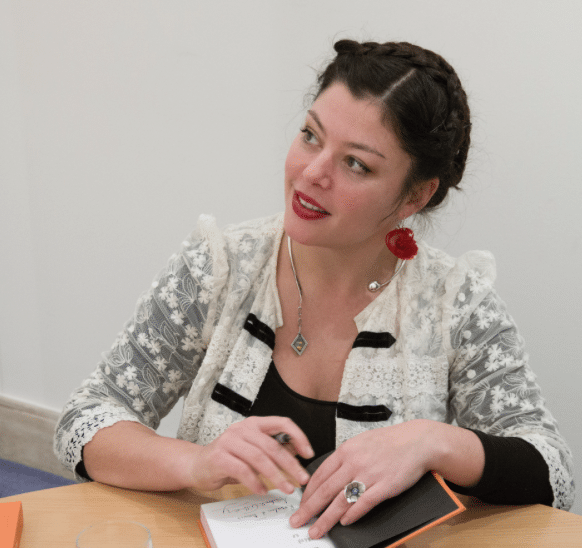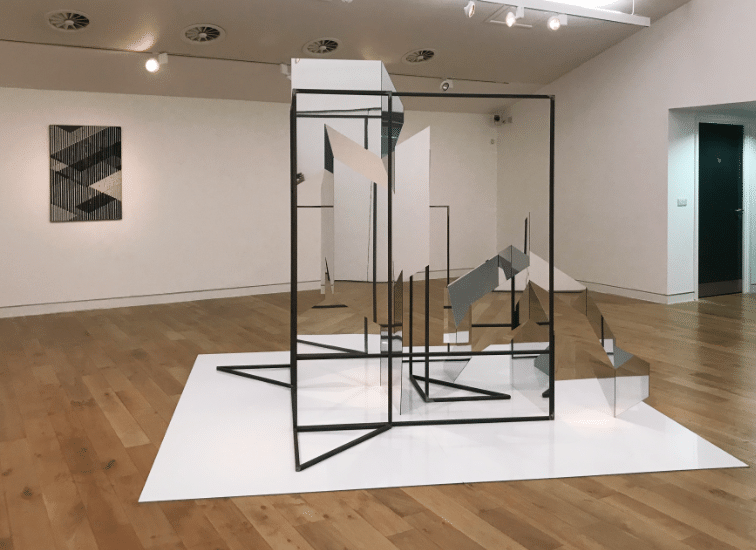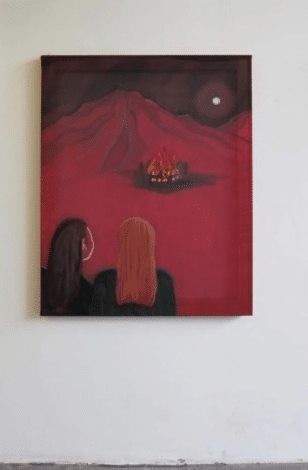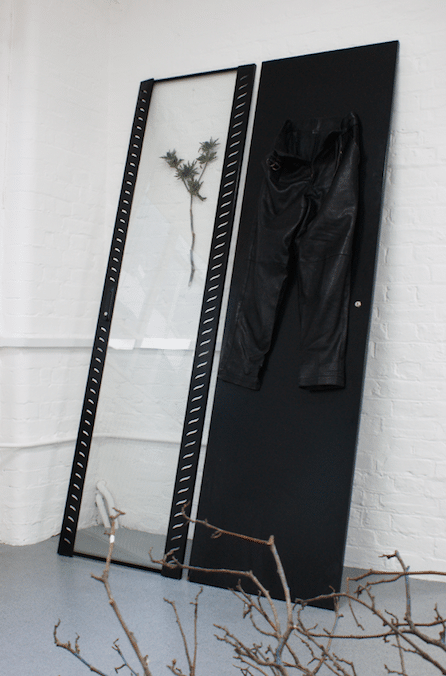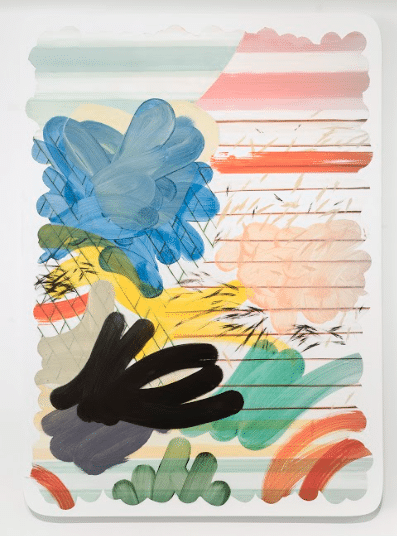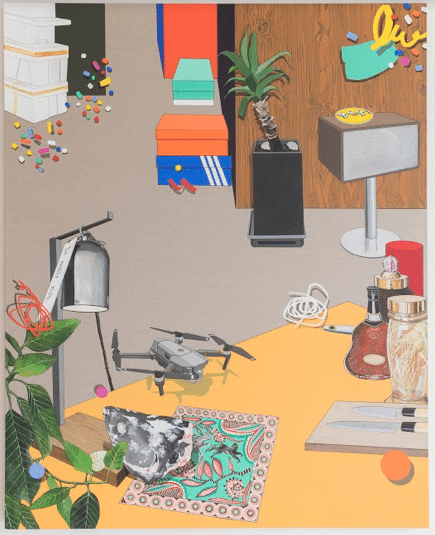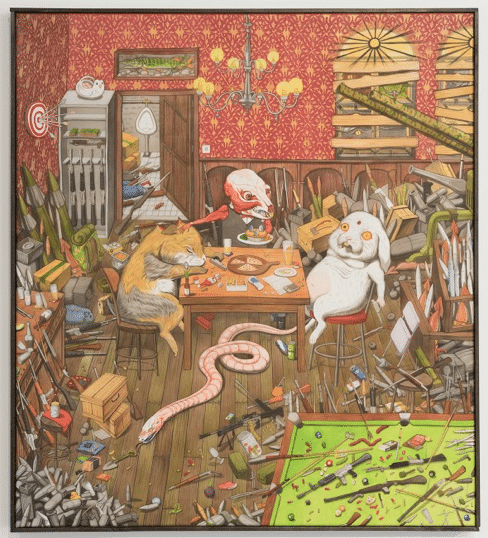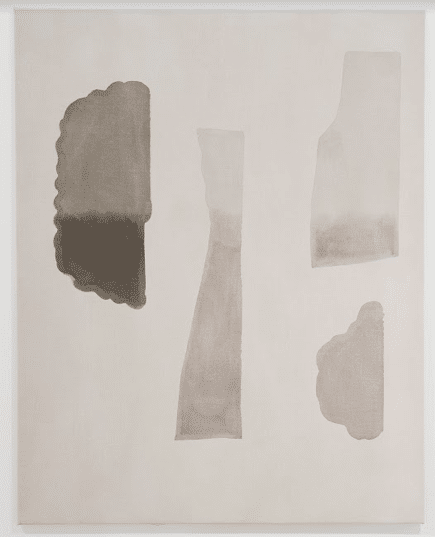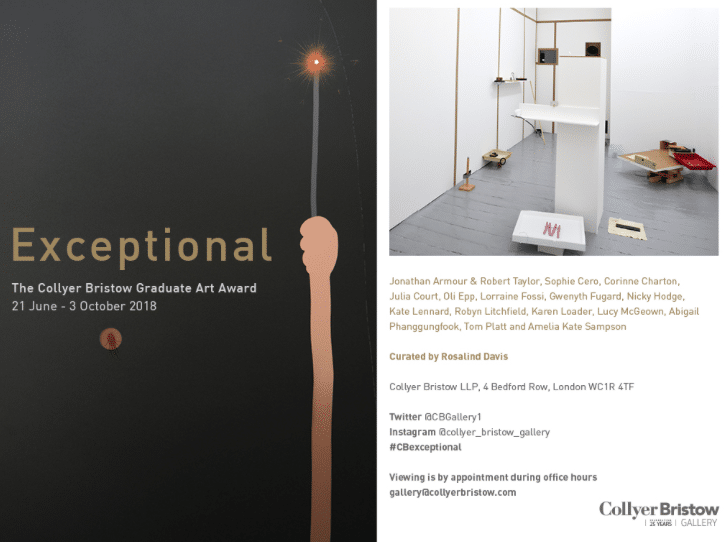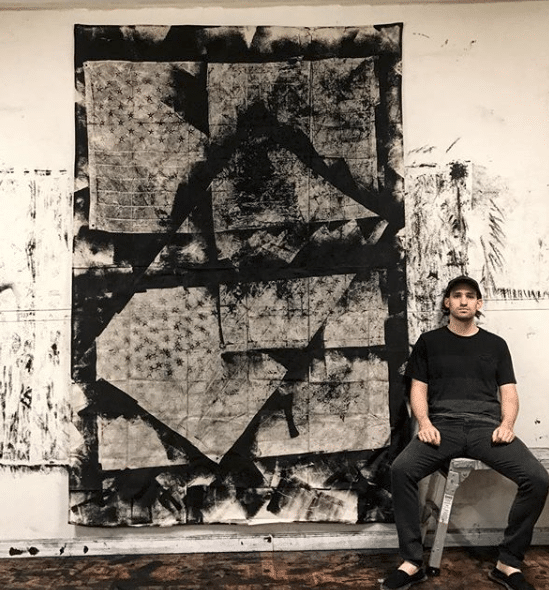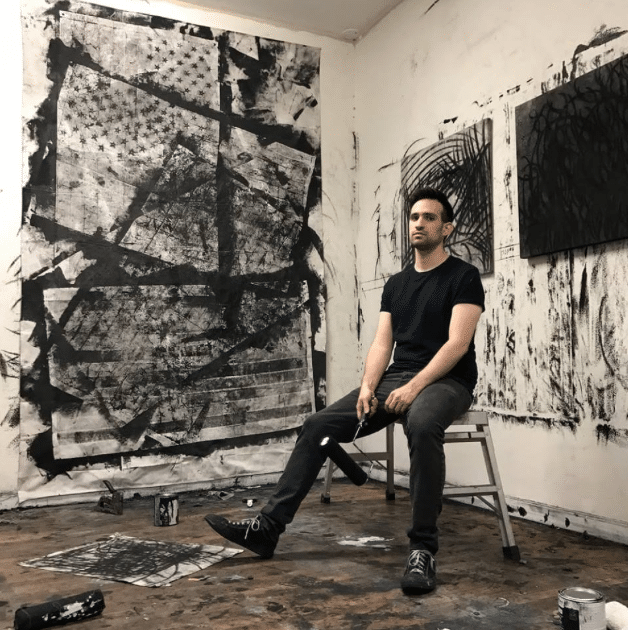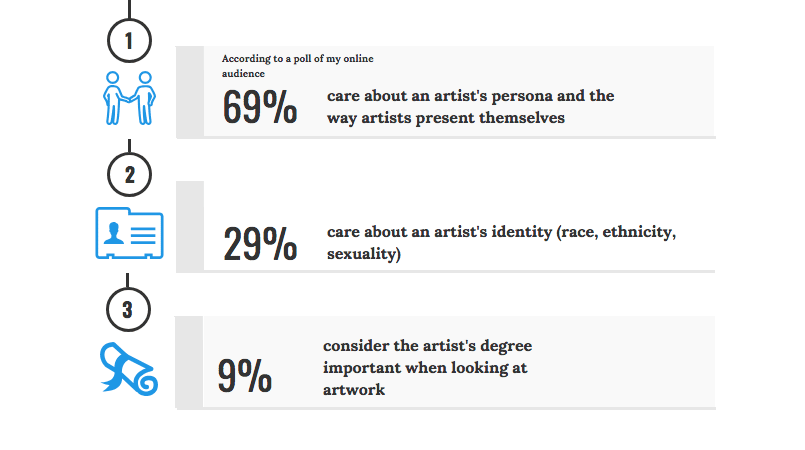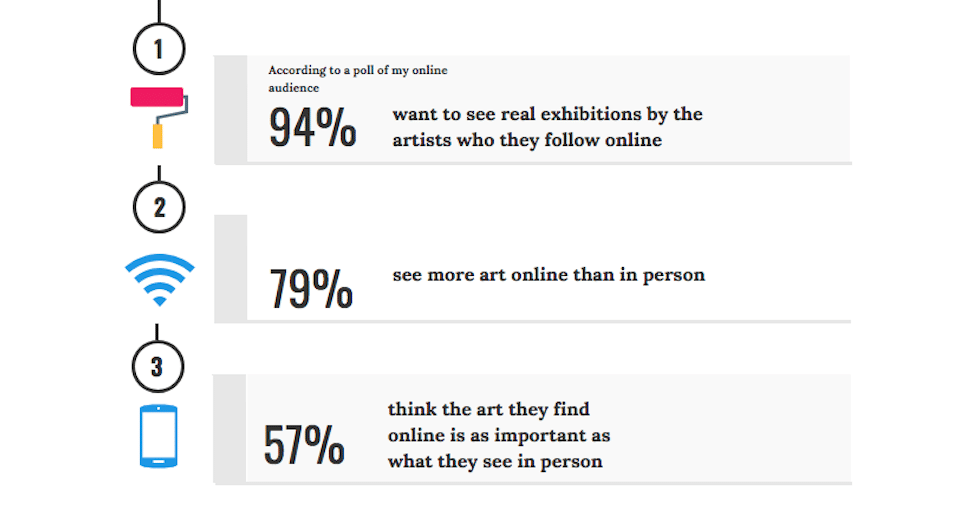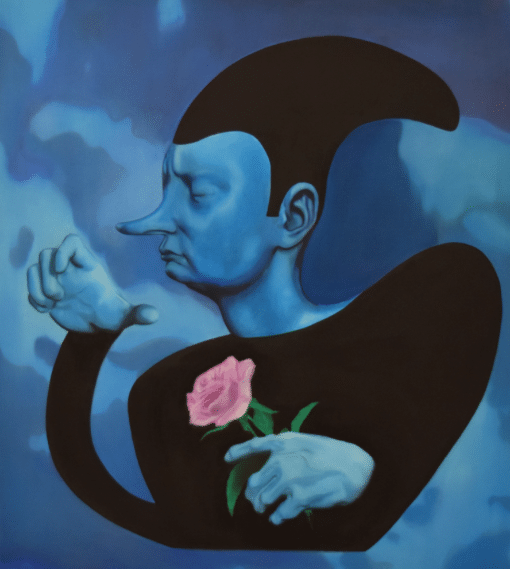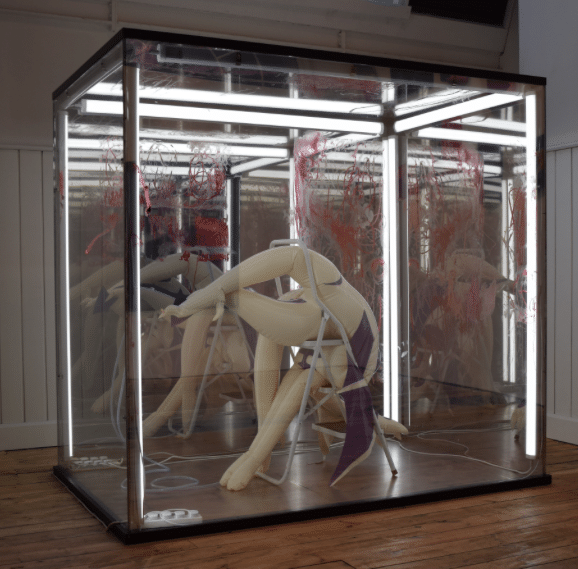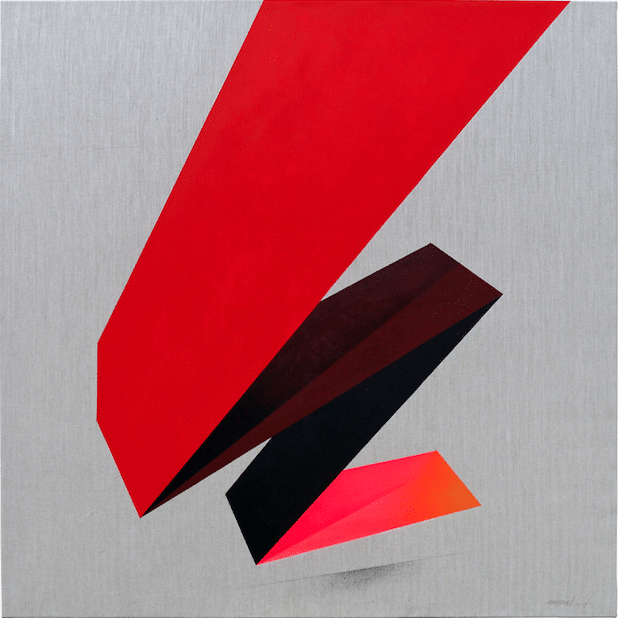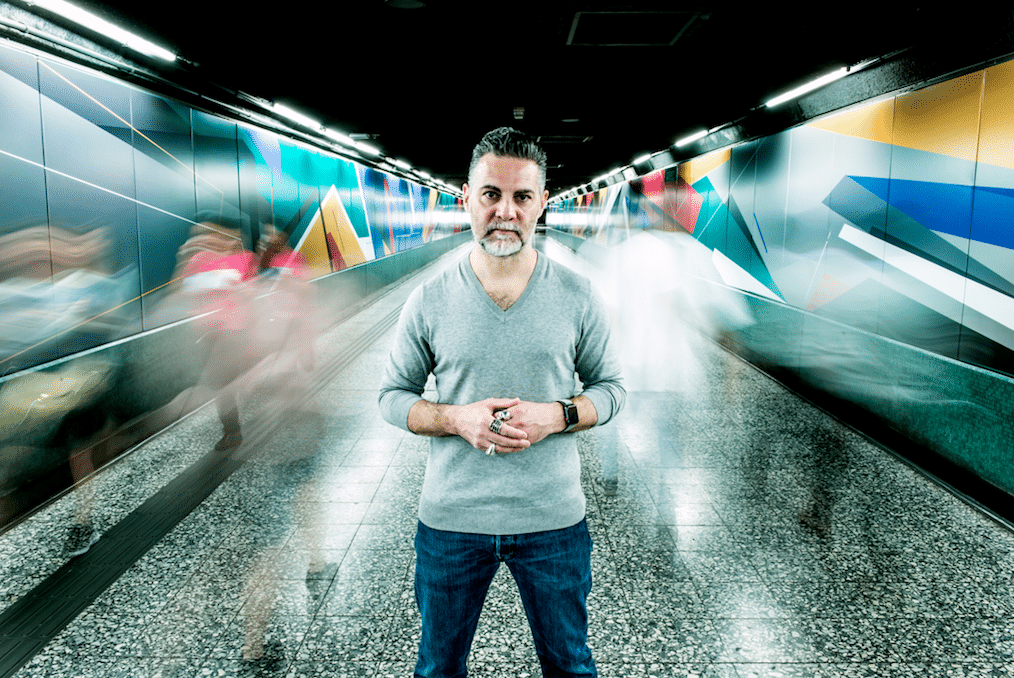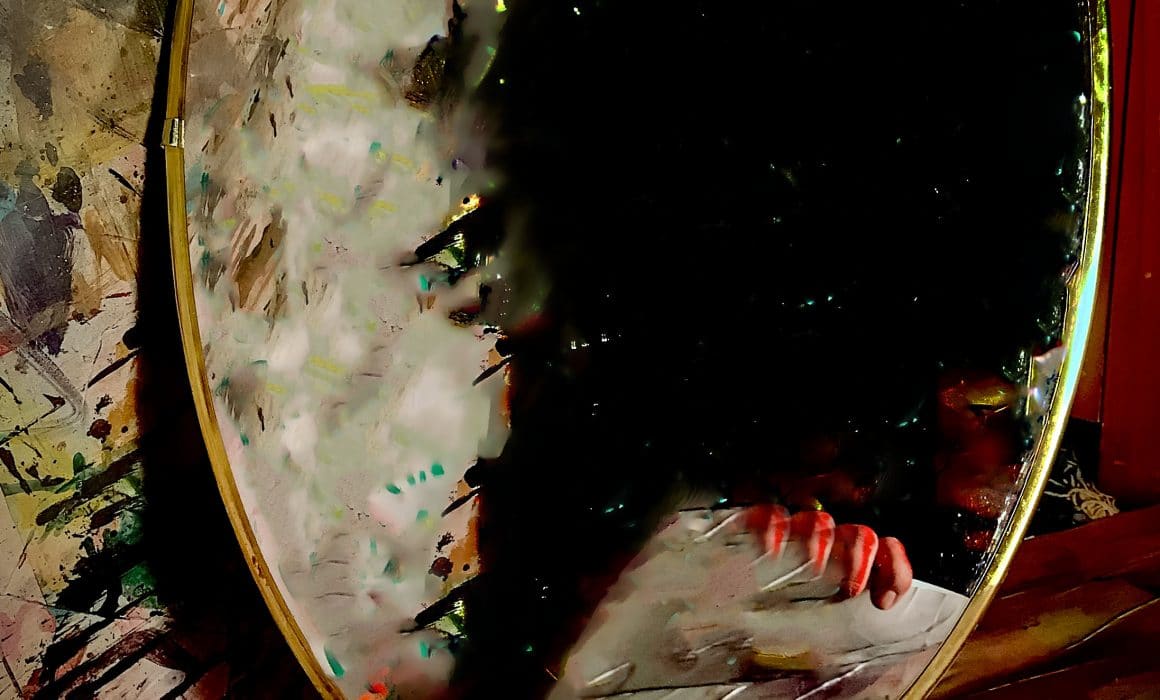Hedley Roberts – Thinking about Professional Practice in Art Schools
Hedley Roberts – Thinking about Professional Practice in Art Schools
On my first day at art school we were told by the professor that the chances of becoming successful as an artist were infinitesimal. We should graduate, concentrate on the artwork, find a low level job that paid enough to keep a studio and hope that maybe we’d get recognition in our 40s or 50s. Then in the late 1980s and early 1990s, a new generation changed the expectation of art school students forever. Inspired by their tutors, they organized their own exhibitions, made direct contact with the press, liaised with dealers, collectors. They became curators, gallerists, artists and academics. They became successful.

As the art world changed, so did higher education. Art Schools grew and achieved University status or became embedded in Universities. Regulations, pedagogy, quality assurance, accountability and metric assessments became the dominant ideology, and curriculum design outlined course content for a prospective applicant.
Now, having spent 25 years working in Higher Education and Art Schools I can see that my Professor was speaking about his world, his time, his context, his experience. He wasn’t predicting ours. He wasn’t able to see that a broad set of socio-political economic forces would conspire, and that the art world would expand massively beyond his imagination. He couldn’t conceive a world where the idea of ‘contemporary art’ would explode into popular consciousness and the ‘emerging’ artist would become a commodity, or an aspiration.
When academics design curriculum, they are future gazing. My Professor didn’t imagine the art world of today, so he didn’t design the curriculum for it. With an increased focus on quality assurance, and the contextual influence of the UK fees systems, student loans and student debt, academic course design needs to focus on ‘graduate outcomes’, ‘career paths’ and the future. It no longer is wholly about the acquisition of knowledge and expertise in the ‘subject’ but about how that knowledge would be applied by the individual in their future career. This presents a problem for curriculum design; how do you plan for a future that you can’t imagine. After all, in the 1990s we didn’t imagine the impact that the internet or social media would have on everyday life, or the art world.
In reality, the process of properly designing curriculum is a long one. A 3 year degree course needs to be researched and developed, and then formally validated through a university system a full year before it will begin. Typically a graduate will take 2 to 3 years mature into some sort of subject related employment or entrepreneurial activity. Therefore, the lead time from when a course curriculum is conceived to when its first students might be in related employment is about 7 years. This means that a curriculum designer is trying to imagine what the world will be like 7-10 years from
now. So, the question for curriculum designers is how to mediate the long gap between the first stages of curriculum design at and the contemporary context that the student is going to graduate into?
The answer is staffing. No matter how much future planning or industry expertise is considered at the commencement of the project, we won’t be prepared for the unexpected changes the future holds. So, the pervasive strategy has been to employ staff that bridge both the contemporary professional world and the academic world. In art schools, they are the tutors. Traditionally part-time, or on temporary contracts, they bring the external context to the curriculum.
The importance and value of part-time ‘artist-teachers’ has been a long respected component of art school education. However, within the university system there are competing pressures that require a new kind of professionalisation that has had an impact on this tradition. University processes have become increasingly demanding, requiring greater accountability for both student and graduate achievement. This is as a result of pressures created by the advent of the fees and the ‘Office For Students’ consumerist agenda of ‘value for money’. Following on from this, there is also a change in the financial balance in universities as they need to sustain more complex administrative systems to satisfy these regulations. The net result of this over the past 10 years has been a gradual pressure to reduce the number of part-time ‘artist-teachers’ in art schools in favour of full time professional academics. These staff then take on the longitudinal creative, pastoral and professional development of the students, reporting against metrics. The professional context is commuted to guest speakers and short contract sessional staff.
A criticism of this scenario might be that access to the professional world provided by the ‘artist-teacher’ is diminished and exchanged for student performance monitoring against specific learning outcomes as described in the course document. It might be contested that an art student’s learning might be fundamentally disadvantaged by not having been taught by an artist that is routinely facing the challenges of keeping a creative practice financially viable, negotiating with a commercial gallery, sending work internationally, undertaking public relations, maintaining an Instagram presence, managing a studio, invoicing, tax etc. This perspective, whilst justifiable, is largely based on an idea that the education environment is a the place where everything you need to learn will be made available to you. Pre-internet, it was practically difficult to find out anything about the art world, trends, professional practices, to connect to galleries, speak to actual artists. Those you’d meet worked as tutors on your course, and they’d be at the same openings that you’d attend. They were the source of information about the art world. However, ‘post- internet’ and in the age of social media; it’s an arguably different context. A student can reach out to artists, galleries, dealers, collectors though any internet-ready device. They can access online listings for events, opportunities, and awards.. They can find advice on how to photograph their work, pack and send it, download templates for artists statements, consignments, contracts and invoices. They can
purchase materials online and have them delivered to their door next day. They can attend any of the artist talks held at galleries and ask questions directly. They can make connections with artists from across the globe.
Arguably, there has been a paradigm shift in the lessening of the artist-teacher tradition in art schools. As a result, we may need to reframe our understanding of what core academics do. We need to understand that they might ‘research’ ‘study’ and teach the subject, but may not necessarily be vocationally involved in the practice of it. They may instead be career academics, institutional researchers, or pedagogues involved in developing their about how students learn. To be good at what they do, they need to understand that they are mentors who can guide and direct students to where they can find the right information. They need to actively design opportunities for students to be exposed to opportunities, exhibitions, studio visits; and to signpost and advise on the myriad of external resources that are now available.
As a Head of School, thinking about art schools, universities and education, I’m involved in future gazing. The signs are that complex data systems are being used to inform decisions and understanding. Like social media, academic systems track data about students; how old they are, their race, religion, sexual orientation, what socio-economic background they come from, where their family lives, what books they take out of the library, how long they spend on university computers, how long they spend in a virtual learning environment, how many times they’ve sought advice from student services, whether they’ve had mental health referrals. Imagine the same consumer logic applied in universities as is being applied in Amazon or Facebook, the same predictive technologies as in Apple’s Siri or in Alexa or Fitbit. The future of education 25 years from now might be an artificially intelligent personal tutor who cross references the course curriculum with career ambitions and personal attributes to recommend artists to research, reading, projects to address skills weaknesses. It could provide basic mental health support and guidance, organize appointments and push professional development agendas like a life coach mentor. It could be with you throughout your education, remaining as a professional coach into your professional life,
So, how should art schools support students and graduates to develop professional practice? The reality is that knowledge is already ubiquitously available to anyone with a smartphone. From my perspective, what art schools need to provide is not more concrete knowledge about the professional world, but to redefine the educational space as one of ‘play’. We need to unpick the idea of grading performance against abstract definitions. Instead we need to prioritize opportunities for safe spaces in which students can ‘practice’ and learn at a pace that’s relevant to their need. We need to create test-bed environments where they can try out the theory in practice. This will mean making courses that have flexible timelines, that include simulations of both creative studio and the professional environment: play spaces for artist-dealer negotiations or artist- gallery relationship, regular test-projects in partnership with real-world organizations. Most
importantly, we need to continue provide the opportunity for students to make playful connections between seemingly unrelated ideas, materials and professional environments, to pursue tangents and fail without fear of underperforming or underachievement. This is where creativity happens, where new ideas and practices are formed – when knowledge and understanding is tested through play, and new scenarios are imagined. For me, ‘serious play’ was always the best attribute of art schools, and needs to be maintained over the current preoccupation with ‘skilling’ students with knowledge for some spuriously imagined future career path.
For more guest articles, see:
Rosalind Davis – Surviving after Art School
For more from Hedley Roberts, see:
His Website

